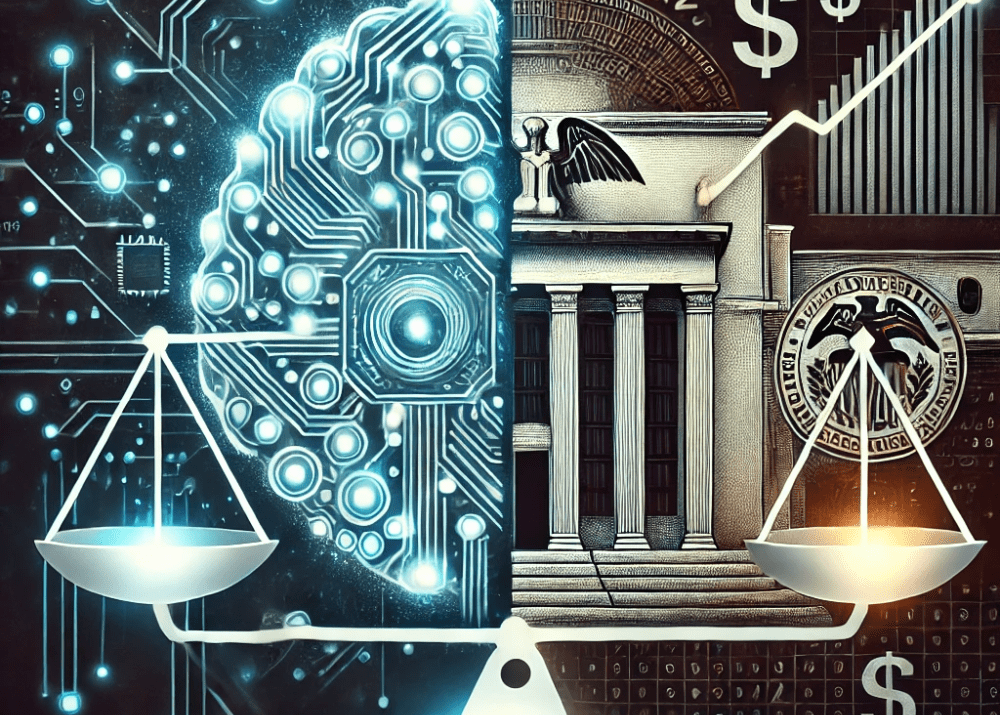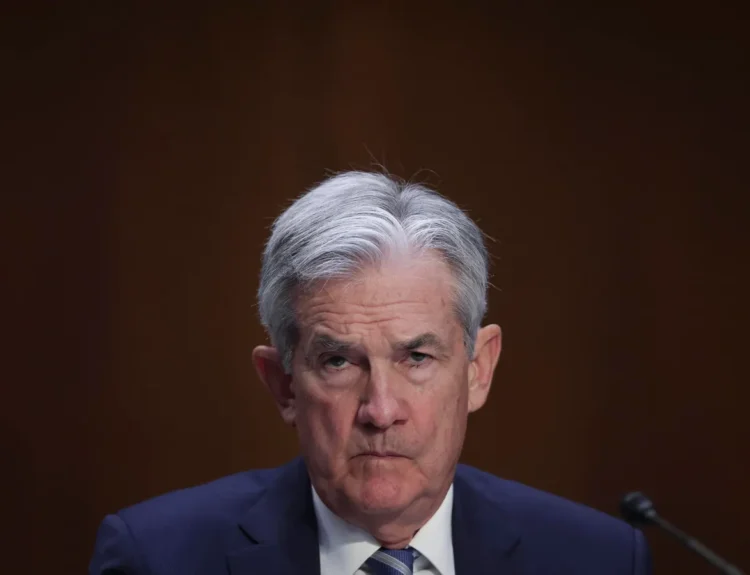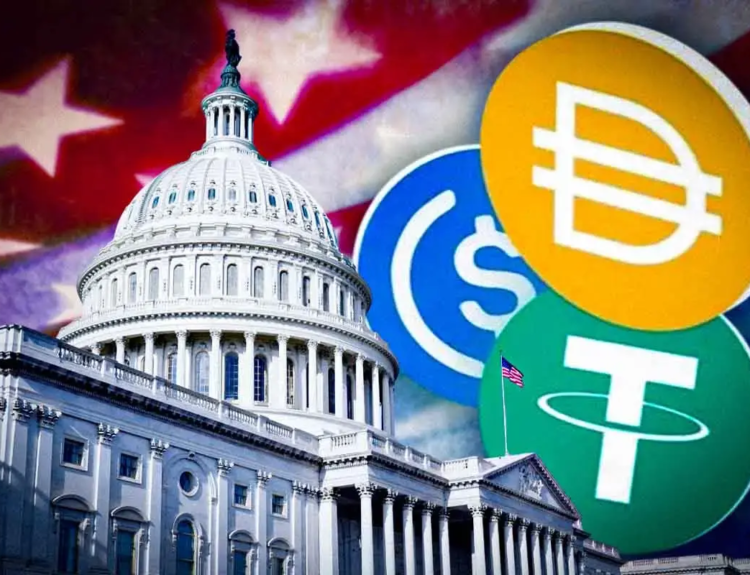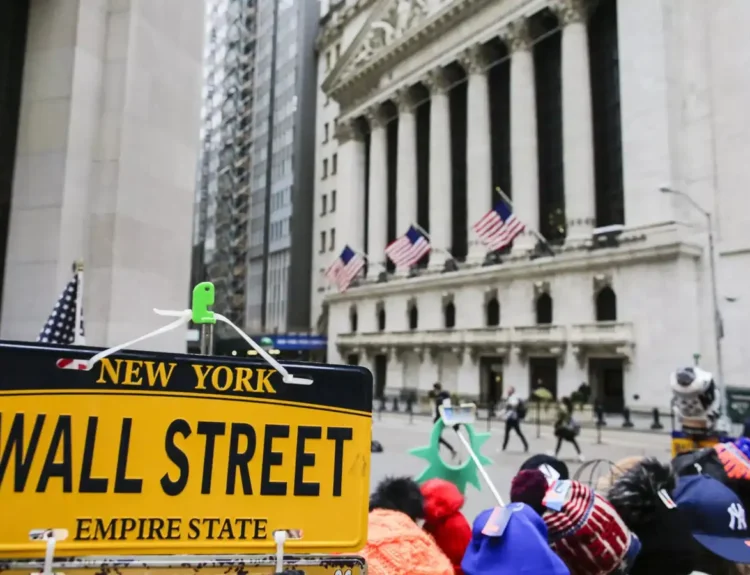Despite tariff chaos, tight monetary policy, and soaring borrowing costs, the US economy continues to dodge a recession — and economists say there’s one clear reason: artificial intelligence.
“AI has kept the economy out of a recession,” said James Egelhof, chief US economist at BNP Paribas, in a roundtable this week. “AI-driven investment has offset the drag from higher rates.”
According to Bank of America Research, AI-related capital spending added 1.3 percentage points to Q2 GDP growth, while payments from small businesses to tech service providers jumped nearly 7% year-over-year in September.
The AI boom, centered on data centers, semiconductors, and cloud infrastructure, has created what economists call a “soft landing illusion,” keeping GDP strong even as consumer spending and non-tech investment weaken.
Fed’s Dilemma: Inflation vs. Innovation
The AI frenzy has also reshaped how monetary policy affects the economy. Apollo’s chief economist Torsten Sløk said the boom has “broken the transmission mechanism of monetary policy.”
Normally, higher rates suppress corporate spending — but AI infrastructure is being funded by soaring equity valuations, not debt. That means tighter Fed policy hasn’t cooled investment or hiring the way it normally would.
“AI capital spending is the only growth driver left,” Sløk wrote. “There is basically no growth in corporate capex outside of AI.”
Still, the Federal Reserve has leaned on this strength to begin gradual rate easing, even as inflation remains above target — a strategy Egelhof described as “buying insurance for the labor market.”
The Magnificent Seven Power the Cycle
Goldman Sachs estimates that Microsoft, Amazon, Alphabet, and Meta now account for over 25% of all S&P 500 capital expenditure, growing at a 75% annual pace.
Global data center spending is expected to hit $657 billion in 2025, almost double 2023 levels, according to Omdia. Amazon’s AI infrastructure spending alone exceeds $100 billion, roughly equivalent to Costa Rica’s GDP.
But even as spending booms, returns remain uncertain. Studies show that 95% of companies investing in generative AI haven’t seen measurable gains, and a UK government trial of Microsoft’s Copilot tool found “no discernible productivity boost.”
Bubble Fears Rise as Valuations Soar
Despite the optimism, concerns of a growing AI bubble are intensifying.
Bain & Company estimates that sustaining current AI investment levels would require the tech industry to generate $2 trillion in annual AI revenue by 2030 — a target analysts call “mathematically impossible.”
The Bank of England recently warned of a potential market correction tied to inflated AI valuations. OpenAI’s latest $500 billion valuation, despite steep losses and only 5% of ChatGPT users paying, has added to those fears.
Even OpenAI CEO Sam Altman admitted the industry is in a bubble — though, he quipped, “some bubbles are necessary to build the future.”
AI Is Propping Up the Economy — For Now
AI’s unprecedented capital surge has kept US growth alive in the face of tariffs, inflation, and global uncertainty. But as spending accelerates and returns remain elusive, economists warn that the same boom saving the economy today could set up the next correction tomorrow.
Disclosure: This article does not represent investment advice. The content and materials featured on this page are for educational purposes only.
Related: Goldman Sachs: AI Capex Boom Will Continue to Drive S&P 500 Cash Spending in 2026










